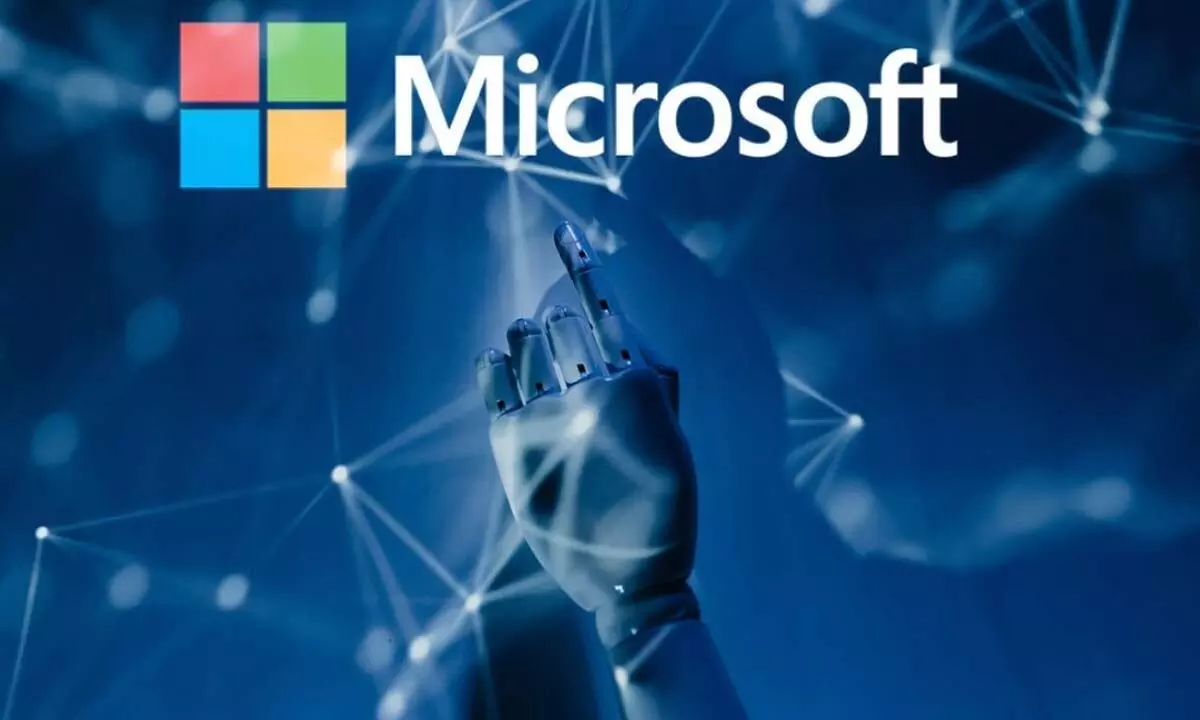In today’s rapidly evolving digital economy, Microsoft generative AI is emerging as one of the most powerful forces reshaping the software industry. Once considered by skeptics as an overhyped tech giant with legacy products, Microsoft has redefined its position through bold innovation and flawless execution.
With generative AI becoming the core of modern productivity, Microsoft is not just keeping pace it is setting the standard. A decade ago, Microsoft was largely viewed as a company reliant on Windows and Office licensing revenue. Fast forward to today, and Microsoft generative AI has transformed every layer of its product ecosystem.
From GitHub Copilot revolutionizing software development to Microsoft 365 Copilot enhancing workplace productivity, AI has been seamlessly integrated into tools millions of businesses already rely on.
What sets Microsoft apart is not just the introduction of AI, but the execution strategy. Unlike competitors that bolt AI onto a few products, Microsoft has built a framework where generative AI is embedded across its portfolio Azure, Teams, Outlook, Dynamics, and beyond. This holistic approach has provided immediate utility to enterprises, positioning Microsoft as the go to platform for the AI-driven future of work.
GitHub Copilot and Developer Productivity
One of the most successful examples of Microsoft generative AI in action is GitHub Copilot. Powered by OpenAI’s models, Copilot assists developers by auto suggesting code, debugging errors, and even generating entire functions.
According to GitHub’s internal studies, developers using Copilot report 55% faster coding speeds and fewer errors. A senior engineer at Shopify shared that Copilot reduced repetitive coding tasks and freed up time for creative problem solving.
This kind of measurable impact highlights how Microsoft is not only monetizing AI but also solving real world problems. Industry experts point out that Microsoft’s edge comes from its first mover advantage and strategic partnerships.
Dan Ives, a senior tech analyst at Wedbush, has repeatedly noted that Microsoft is effectively the arms dealer in the generative AI war, providing both enterprise ready solutions and cloud infrastructure through Azure.
Moreover, Microsoft’s $10 billion partnership with OpenAI has given it exclusive access to advanced models that rivals like Google and Amazon are still racing to integrate. This has allowed Microsoft to commercialize generative AI faster and at scale.
Financial Growth: The AI Driven Upside
Financially, Microsoft’s results speak volumes. In its latest earnings report, revenue from its cloud business grew by double digits, with Azure AI services playing a central role.
Unlike advertising driven companies like Meta or Google, Microsoft’s software focused model provides stability and resilience against economic cycles.
While volatility remains an underappreciated risk analysts argue that Microsoft’s recurring revenue streams give it a cushion to absorb market downturns. As one hedge fund manager put it, Microsoft is not just an AI story; it’s a compounding machine that reinvests innovation into every corner of its ecosystem.
Why I No Longer Doubt Microsoft
Speaking from personal experience, I once believed Microsoft’s dominance was simply inertia companies stuck with Office because of familiarity. But after testing Microsoft 365 Copilot firsthand, my perception changed.
Drafting emails, summarizing meetings, and generating reports became remarkably efficient, saving hours of work weekly. The product no longer feels like an old giant resting on its brand it feels like a forward looking innovator.
This personal shift mirrors what’s happening across industries. Organizations that were hesitant to adopt AI are finding that Microsoft’s seamless integration makes adoption frictionless.
Risks and Opportunities
No innovation comes without risks. For Microsoft, two challenges stand out. Regulatory Scrutiny As AI becomes central to business operations, regulators are closely watching issues like data privacy and monopolistic control.
Competition Google’s Gemini, Amazon’s AI initiatives, and startups like Anthropic all present real threats. However, Microsoft’s distribution power embedding AI into products already used by over a billion people remains its biggest moat.
The opportunity, however, far outweighs the risk. By embedding AI into workflows that employees already know, Microsoft avoids the steep learning curves that competitors face. This positions it as the default AI provider for enterprises worldwide.
Microsoft’s Role in the AI Revolution
Looking at the bigger picture, Microsoft generative AI is not just about productivity gains it is about reshaping the way humans interact with technology. From coding to communication to business intelligence, AI has become the invisible co-worker in every digital task.
Satya Nadella, Microsoft’s CEO, captured this vision perfectly when he said, AI will be the defining technology of our time, and Microsoft is building it to be a copilot, not an autopilot. This philosophy reflects why adoption has been rapid AI is not replacing workers, but augmenting them.
Microsoft has positioned itself on the winning side of the generative AI war. With a proven track record of execution, powerful partnerships, and real world case studies validating its impact, the company has shifted from being seen as a legacy software player to an AI first innovator.
While risks like volatility and competition remain, the long term trajectory is clear. Microsoft generative AI is redefining productivity, creating new revenue streams, and cementing Microsoft’s leadership in the software industry.
For investors and enterprises alike, the message is simple this is only the beginning of Microsoft’s AI driven growth story.


Interesting points about bankroll management! Seeing platforms like jljl9 vip prioritize easy Philippines payment options (GCash, PayMaya) is smart for accessibility & quick play. Definitely helps with session control!
That’s a great point about accessibility in shooting games! It’s cool to see platforms like juan 365 games focusing on streamlined registration & localized payments – makes getting started so much easier for PH players. Definitely a plus!